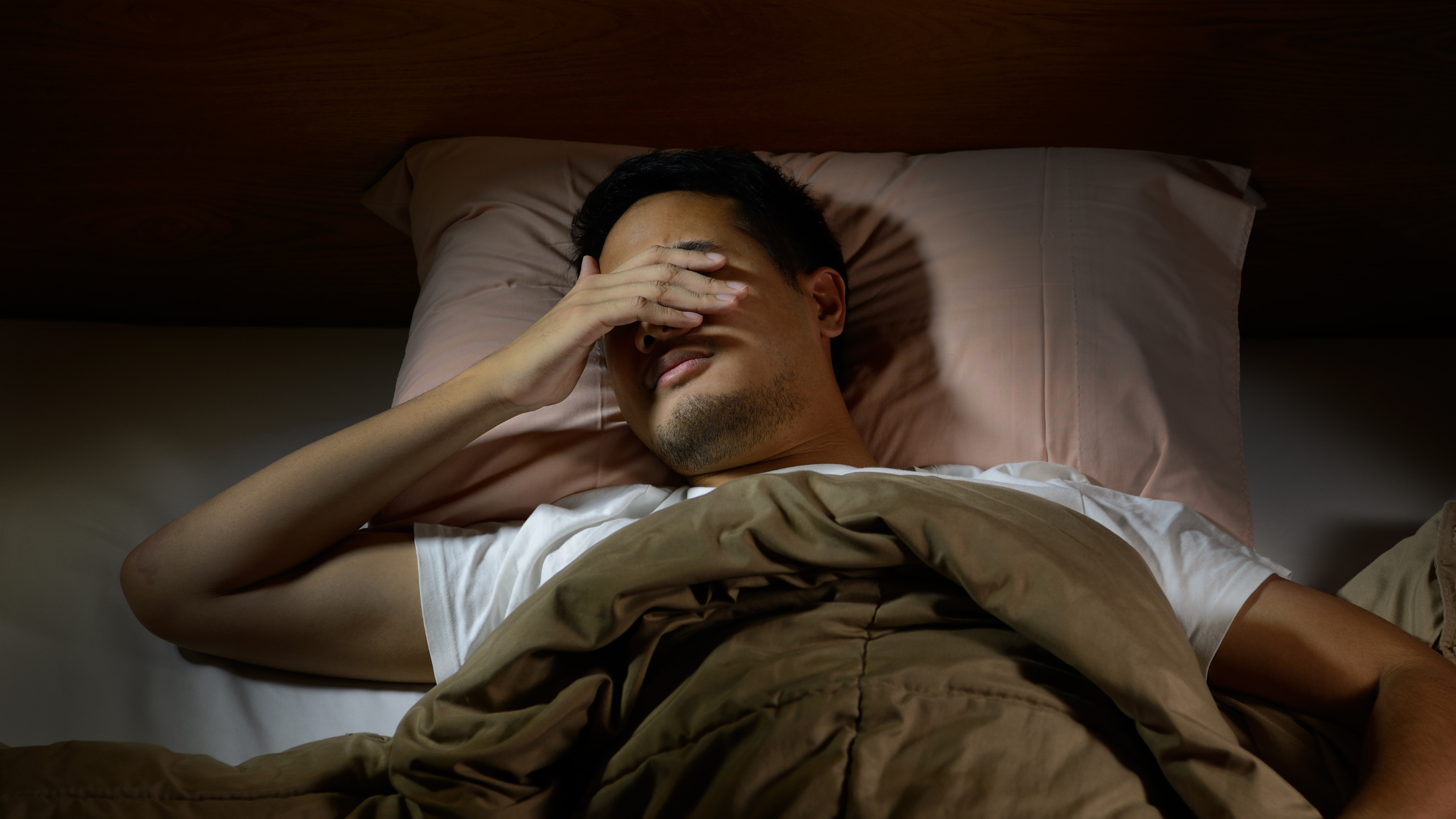
If you have ever woken up in the middle of the night, you have experienced what is called wakefulness after sleep onset, or WASO. WASO is more than just a minor inconvenience throughout the night. It can severely impact sleep quality. Continue reading to find out more about WASO, how it's used, and what its implications are for your life.
How WASO is Used in Sleep Studies
Medical researchers and sleep clinicians use WASO in sleep studies to define the amount of time that test subjects are awake after the initial falling asleep and before they awake for good. So, if someone falls asleep at 11:10 at night, but wakes up for 30 minutes at 2:30 am before waking up for good at 8:00 in the morning, then their WASO would be 30 minutes long.
This time awake could be spent tossing and turning, going to the bathroom, or just lying there awake hot or anxious. After spending this time awake, they eventually fall back asleep before waking up for good later that morning. This time spent awake deducts from the actual sleep time. Therefore, if the WASO is 30 minutes and one spent 8 hours in bed, then they actually got 7.5 hours of sleep. This is fine, but when the number dips below the recommended time of 7-8 hours, then it becomes problematic.
Which people are most likely to experience WASO?
People who have difficulty staying asleep are more likely to experience WASO. These individuals are those that suffer from sleep-related disorders like sleep apnea or insomnia. Also, medical conditions like restless leg syndrome, arthritis or heart disease. Women who wake up during the night may do so because of hormonal changes caused by pregnancy or menopause.
Other people who may wake up throughout the night may have trouble getting through the night without using the bathroom. This includes older individuals and people with medical conditions like kidney failure, diabetes, and anything else that causes hyperuresis - or excessive urination.
Anxiety conditions or any extremely stressful situation that can lead to insomnia can also cause trouble sleeping through the night.
Treatment
WASO can significantly impact sleep efficiency, which is the time spent sleeping divided by the total amount of time in bed. This time should be as close to one as possible. But WASO moves the number further from one and can lead to excessive daytime sleepiness, and further exacerbate any existing conditions that are connected to sleep.
In insomnia, WASO may be improved with a treatment called sleep restriction which is a kind of behavioral therapy. This can help better match the time spent in bed with the ability to actually fall asleep - which can vary by age. Also, insomniacs don't allow themselves to just lay in bed and spend hours tossing and turning. Instead, they get out of bed after more than 15 minutes of sleeplessness to do something else until they truly feel ready to go to sleep.
Not only does this improve conditioning (by dissociating lying in the bed and sleeplessness) but can also relieve the pressure of sleep and anxiety revolving the night. Keeping a sleep log to record the time sleep, awake, and lying in bed which can be used to influence their treatment for cognitive behavioral therapy for insomnia, or CBT-I.
If you are having trouble with WASO, then please click the orange button to take a free online sleep test and speak with one of our sleep health professionals.
https://www.verywellhealth.com/understanding-and-treating-waso-3015394

